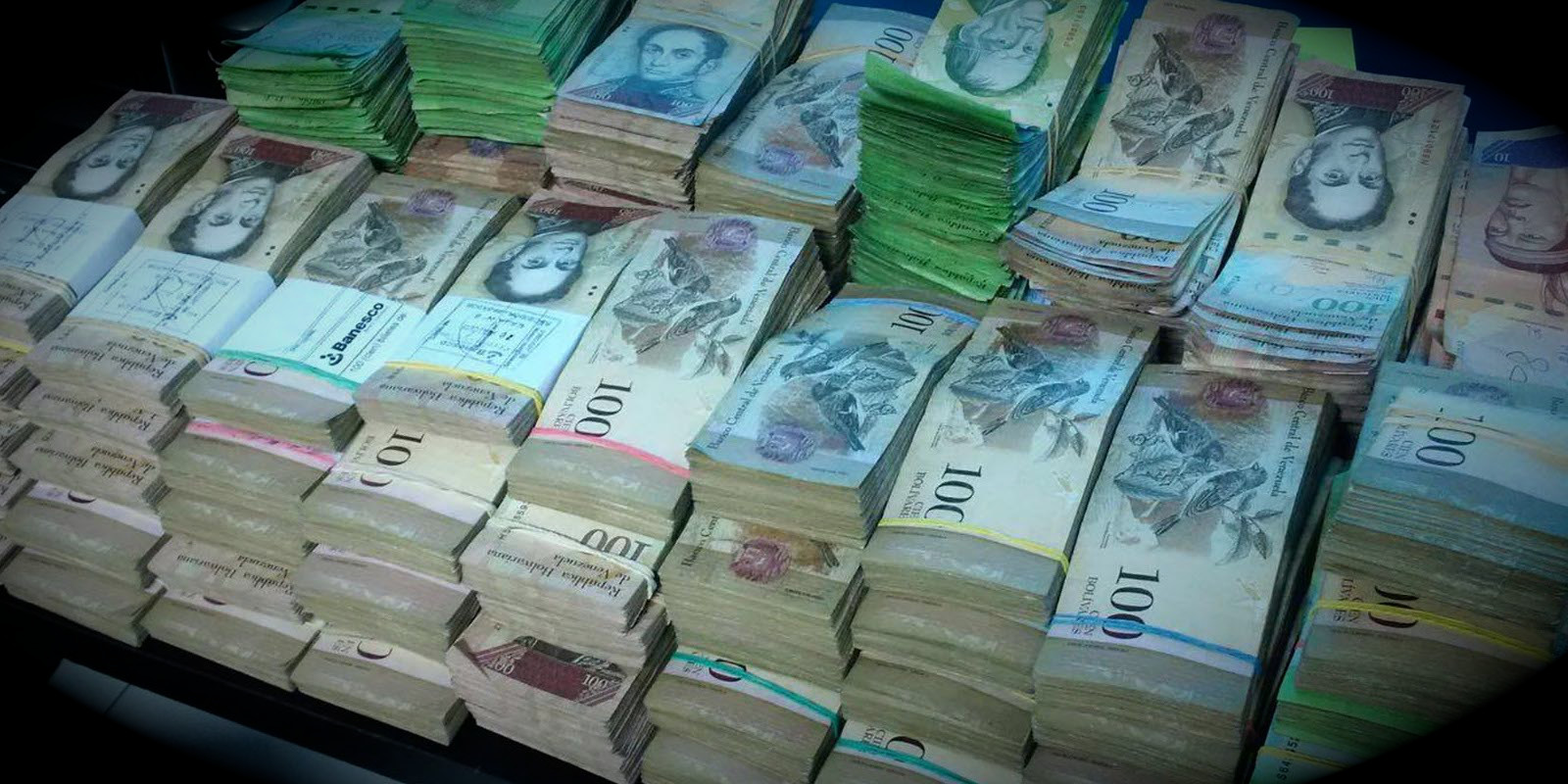The End of Hyperinflation
The ongoing collapse of Venezuela’s economy has grabbed some headlines, though the lessons from Venezuela’s tragedy may have gone under-reported. To the extent the tragedy has been covered, many writers have focused on the most glaring problem Venezuela’s economy is facing: hyperinflation.
Tales of Venezuela’s bout with hyperinflation make for dire reading. But for students of monetary history, they give us a reason to re-examine the history of hyperinflations to see what lessons we can learn and what trends we can glean from the data.
In a widely cited paper, Steve Hanke and Nicholas Krus (2012) document 55 cases of hyperinflation. What stands out, particularly if we focus our attention on the timing of these events?
The first observation is perhaps the most obvious yet the most important: hyperinflation is unique to fiat money. No commodity-backed money has experienced hyperinflation. This is for the simple reason that the supply of a commodity-backed money cannot be manipulated, especially not for a sustained period of time, the way an unbacked paper money can.
Only one recorded hyperinflation occurred prior to the advent of fiat money in the 20th century: the French inflation of 1796. It should come as no surprise that France’s hyperinflation occurred only after the assignat had been stripped of its commodity backing (assignats were initially backed by the value of lands confiscated from the Catholic Church in the wake of the French Revolution). The assignat’s demise foretold the fate of dozens of later experiments with fiat money.
But didn’t the gold standard occasionally produce high and variable rates of inflation after the discovery of gold in the New World? Far from it. For all the bluster about the high, sustained inflation the Spanish economy endured in the 15th and 17th centuries after the discovery and pillaging of gold from the New World, the effects of this so-called price revolution are hardly discernible by modern standards. As Lawrence White (1999) notes, although inflation was high and variable by the standards of the day, the annual inflation rate in Spain over this period was less than 2 percent on average. Most modern central banks would kill for the inflation track record of the gold standard even in its darkest hour.
A second observation highlights a silver lining in the dark cloud that is the tragedy of Venezuela: although hyperinflation spread like wildfire in the 20th century (thanks in large part to two world wars financed by fiat money in the first half of the century and the desperate death throes of many Soviet satellite states in the latter half), it has largely gone extinct in the Western World. The only two cases of hyperinflation in the 21st century are Zimbabwe (2007) and Venezuela. And both are the results of socialist governments’ writing checks they couldn’t cash.
So where has all the hyperinflation gone? Has hyperinflation breathed its final breath in the Western World?
To answer the first question: hyperinflation has largely gone the way of the dodo for two reasons. For starters, our understanding of monetary policy and in particular what drives sustained inflation has drastically improved over the past century. This is particularly true in the wake of the monetarist counterrevolution. It’s true that economists for centuries knew that substantially high rates of inflation were driven by monetary factors. Ludwig von Mises was certainly aware of this after witnessing the German and Austrian hyperinflations firsthand. But Milton Friedman and Anna Schwartz’s (1963) work arguably did more than anything to firmly establish this idea among scholars and policy makers. It reinforced the idea (in the words of Friedman) that “inflation is always and everywhere a monetary phenomenon.” It gave it strong empirical backing, especially as later scholars built on their framework to examine nations that had more extreme histories of inflation. The tight causal connection between money and inflation might’ve been neglected or dismissed by earlier policy makers. But it can no longer be ignored or denied. And neither can the culpability of any political party or leaders who resort to the printing press as a last-ditch effort to finance their delusional spending schemes.
Another reason hyperinflation has largely vanished from the Western world is the simple fact that inflationary finance has universally proven to be a disaster. It’s a cure worse than the disease for any political leader who hopes to stay in power. Sure, dictators like Nicolas Maduro and Robert Mugabe might be able to maintain their stranglehold on power even amid the torrent of hyperinflation (for now at least). But as the Weimar government in Germany in the 1920s learned the hard way, no truly democratic regime can survive the disasters of hyperinflation. As it turns out, voters don’t like seeing the value of their life savings evaporate. Nor do ordinary citizens appreciate the utter economic chaos that accompanies hyperinflation. So if monetary theory isn’t enough to convince policy makers to keep their hands off the printing press, political self-interest and self-preservation likely is.
The answer to the question of whether we’ve seen the end of hyperinflation in the developed world is, to borrow a phrase from College Gameday icon Lee Corso, “Not so fast.” It’s true that cases of hyperinflation have lessened dramatically in recent decades. But past performance is no indicator of future results. The populist movements that gave rise to socialism in Zimbabwe and Venezuela are beginning to rear their heads in many Western nations. Many of the key pillars of the Washington Consensus have also begun to erode because of nationalist pressures. In short, while I don’t think we’ll see anything nearing very high inflation or hyperinflation in the United States anytime soon, it could happen. The mere possibility that we might completely abandon sound monetary principles is something that should motivate everyone interested in monetary economics to remain vigilant. We should not forget that Venezuela was one of the wealthiest nations in Latin America before its recent demise.
As the late historian and political philosopher Richard M. Weaver wisely noted: “Ideas have consequences.” Bad ideas breed misguided policies and bad outcomes. Good ideas breed prosperity. So keep up the good fight. Economics is as important today as ever before. As Mises so eloquently said with his trademark German optimism in the final sentence of Human Action, if we allow people to disregard economics, “they will not annul economics; they will stamp out society and the human race.”










